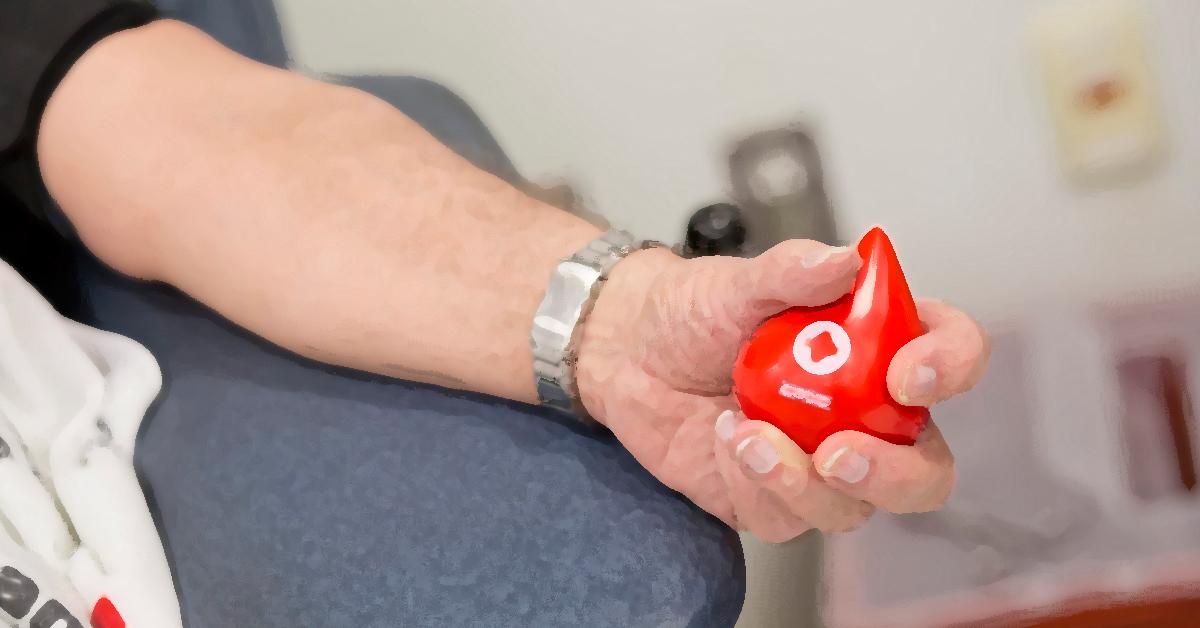Welcome to #AskFlipScience, where we answer even the strangest, silliest questions with science!
This week’s question: Why don’t we run out of blood after donating it?
Ever donated blood or given a sample for testing? You may have looked at the tube and thought: “Wow, that’s a lot.” Since we don’t drink it to replace it (unless you’re a vampire), how exactly do we regain what we’ve lost?
Well, the key is understanding how blood is made – and how often our body actually makes it.
Our body is composed of millions of cells, chief among them being red blood cells. They give our blood its reddish color due to a protein called hemoglobin, which is red in tint. Specifically, it’s because the chemicals that hemoglobin deals with (which are iron and oxygen) reflect light that way. It’s similar to why rust has a reddish hue.
Now, red blood cells carry oxygen all over the body, which means that our body needs millions of them. These cells come from the bone marrow, the soft fatty tissue inside the bones. Altogether, our bone marrow produces two million of them every second.
If you’re an adult, you have roughly 10 pints of blood in your body (about 8 percent of your body weight). A donation requires about a pint. Considering the rate at which the bone marrow produces blood, it only takes a few weeks to replenish what you donated.
So, what happens when you donate?
Well, your body detects the lower oxygen levels due to special cells in the kidneys called peritubular cells. Then, they start secreting a protein called erythropoietin, which your bone marrow takes as a signal to start producing more cells than usual.
However, you also have to remember that when you donate, your red blood cells aren’t the only thing to go. A little over 55% of that is plasma, which is 90% water. Thus, in a way, you do need to drink something to make up for what you lose – just be thankful that it isn’t more of the red stuff.
So, next time you donate or need to give a sample, don’t worry about how your body’s going to get all that back. It’s got you covered. –MF
To find out how you can donate blood, visit https://www.redcross.org.ph/how-to-donate/
Cover photo: Pranidchakan Boonrom/Pexels
References
- http://www.fiods-ifbdo.org/how-does-the-body-replace-blood/
- https://www.blood.co.uk/the-donation-process/after-your-donation/how-your-body-replaces-blood/
Author: Kyle Edralin
A writer, creative, and craftsman – Kyle (or as his friends call him, Phenex) trawls the internet for interesting science stories to share to the aforementioned friends. He has since decided to bring this pursuit to a much wider audience, and is working delivering this kind of information in a way that makes much more sense than his usual ramblings. He is also very fond of penguins.







